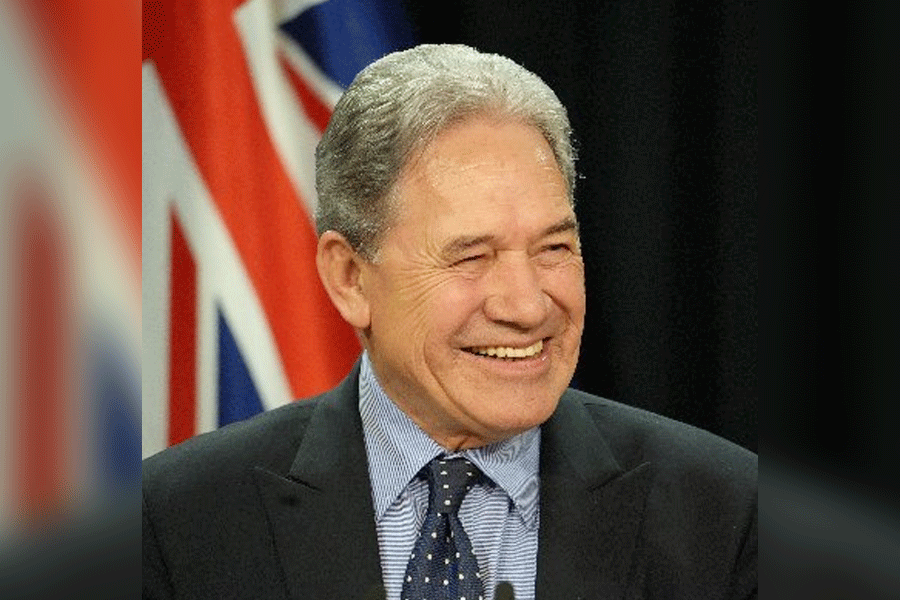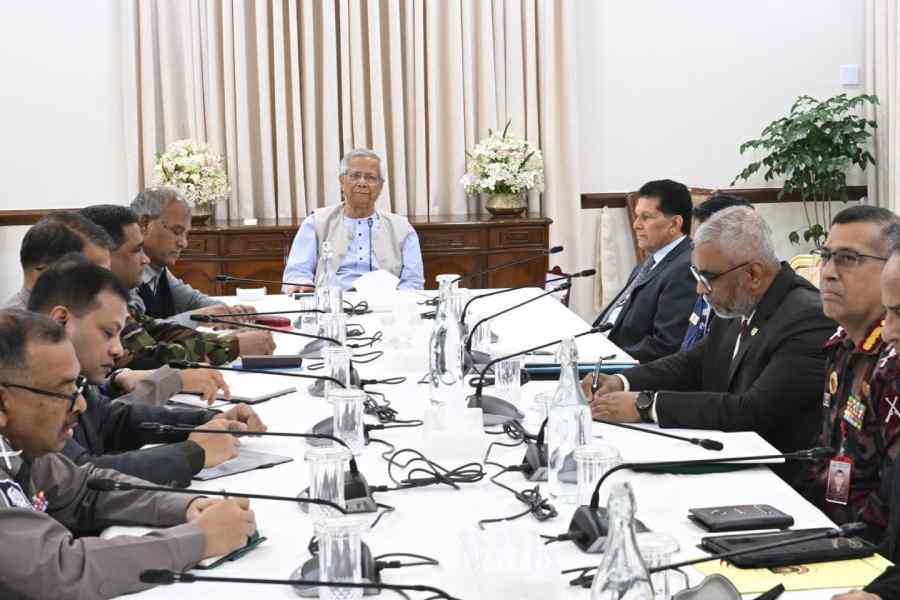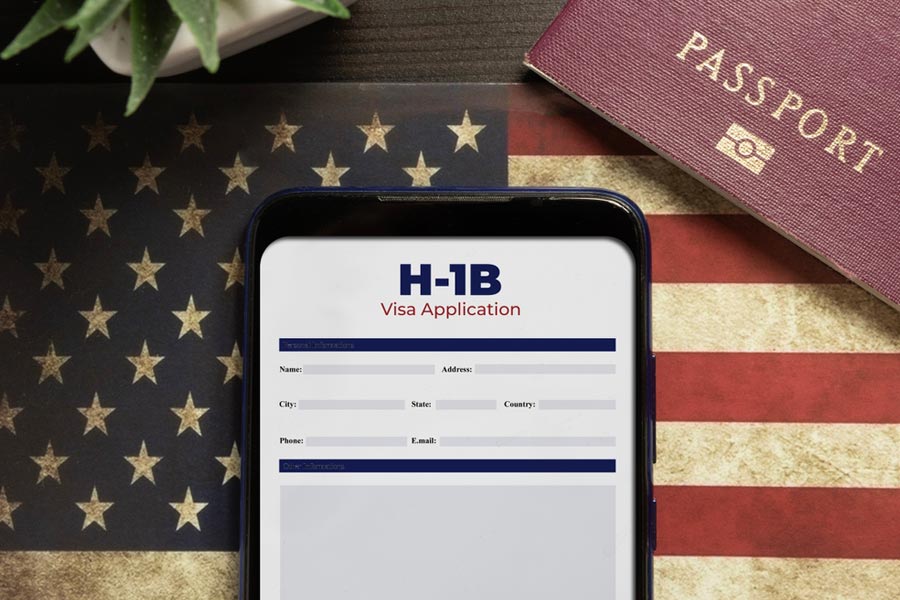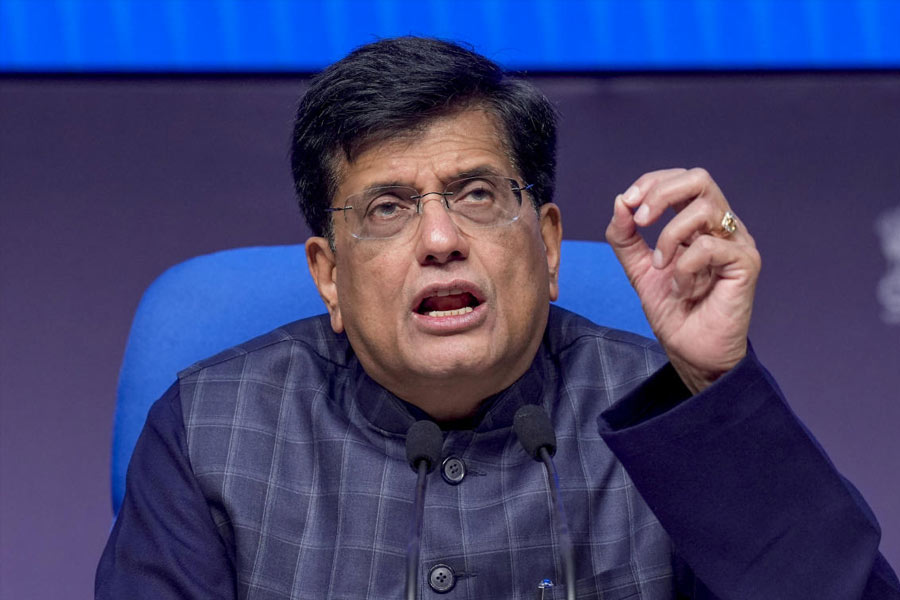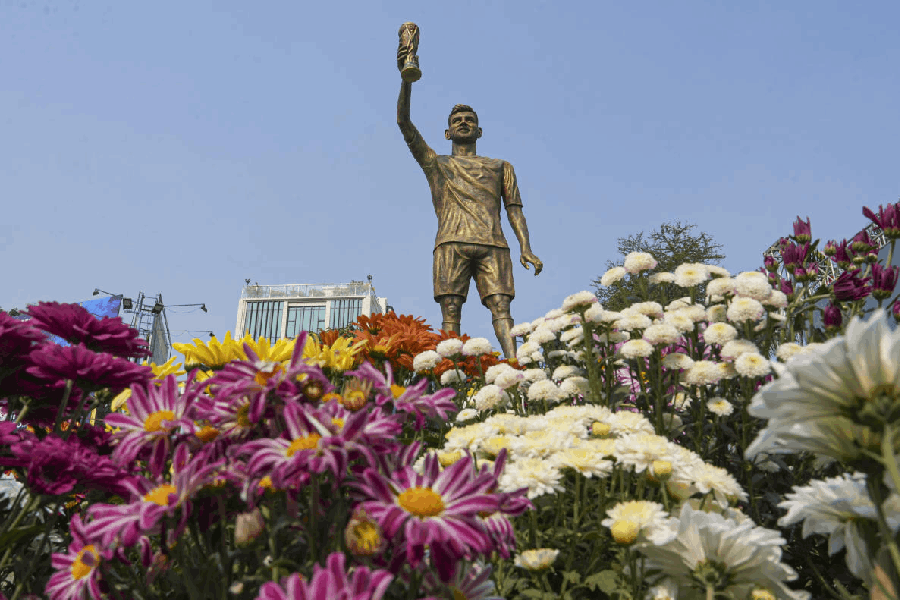 |
| Dilraj, the Marwari stallion, is already in the UK |
Jaipur, April 30: The inward-turning ear tips make them easily recognisable, and their reputation for bravery in battle still echoes down the centuries.
So, when Windsor Castle sent an invite for Indian indigenous horses to be part of Queen Elizabeth’s 60th-year pageant next month, it specifically asked for Marwari horses to be included in the team.
Eight Marwari horses will indeed be going to Britain —but none of them will be going from India.
“Dilraj, the stallion, is coming from France; Mirabai, Chamunda and Nazrulla will come from Spain; and Suraj, Kajal, Laxmi and Shekha from the stable of the Sultan of Oman,” said Raghuvendra Singh Dundlod, secretary-general of the Indigenous Horse Society of India (IHSI).
These horses had all been exported from India in 2000 and 2006.
The piquant situation reflects a six-year battle of attrition between the government -— which considers Marwari horses a “threatened breed” and is cautious about letting them go abroad — and Indian breeders and horse societies.
“We would’ve loved to take the horses from India but we would have needed a no-objection certificate (NOC) from the agriculture ministry. But every time we apply for one, they either refuse or delay it till the event is over,” Dundlod alleged.
He claimed such delays had prevented the IHSI from participating in the world’s biggest equestrian show — the Equitana in Essen, Germany — and the World Equestrian Games in Kentucky.
So, when the Windsor Castle invite came in January, the society decided to play it safe.
 |
| Dilraj, the horse’s owner Francesca Kelly and Raghuvendra Singh Dundlod at the Royal Mews of the Buckingham Palace in November 2011 |
Dilraj belongs to Francesca Kelly, one of the IHSI’s founding members. Mirabai, Chamunda and Nazrulla are owned by Mario Calcagno in Spain.
The Marwari horses will take part in breed display, tent-pegging and evening cultural programmes at the May 10-13 “Diamond Jubilee Pageant, 2012” at Windsor Castle.
The show featuring 500 horses and 800 riders from across the globe is expected to draw 15,000 spectators every day, including royals. The queen, known for her passion for horses, is expected on the final day.
Marwari horses, believed to be descendants of Indian ponies crossed with Arabian horses in the early second millennium, are considered one of the world’s oldest breeds. They stand between 56 and 68 inches, come in all colours, and have an aptitude for performance.
Bred at the homes of small farmers in Rajasthan, Haryana, Uttar Pradesh, Madhya Pradesh and Punjab, they are considered more responsive to the human voice and touch than virtually all other breeds.
Although India has never imposed restrictions on the export of polo ponies and thoroughbreds, it banned the export of indigenous horses in 1952, apparently to prevent them being eaten by foreigners.
In 1999, the government introduced a “restricted list” of indigenous breeds that could be exported after obtaining a licence. But after 21 Marwari horses were exported to the US and Sri Lanka in seven years, the ministry stopped granting the licences in 2006.
The breeders and the IHSI want exports resumed on the ground that “small farmers will get good value” for their horses.
Since 2008, the government has been allowing “temporary export” (for one year) of indigenous horses for fairs and sporting events, against a Rs 1 lakh deposit per horse and an NOC.
The Indian show at Windsor Castle will include the Kalbeliya dancer Gulabo and her troupe and artists from Bharatpur’s Brij Lok Kala. The India theme is based on A.R. Rahman’s Jai Ho and Raghu Dixit’s Mysore Se Aayi, choreographed by Kelly using horses, tent-peggers and dancers.
A cultural pavilion will showcase India, particularly Rajasthan, through photographs, slide shows and art and crafts.


